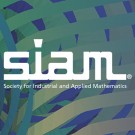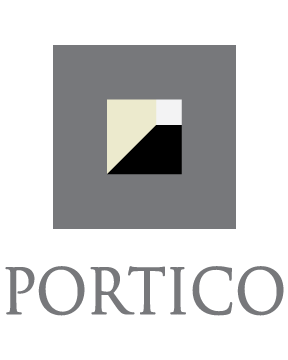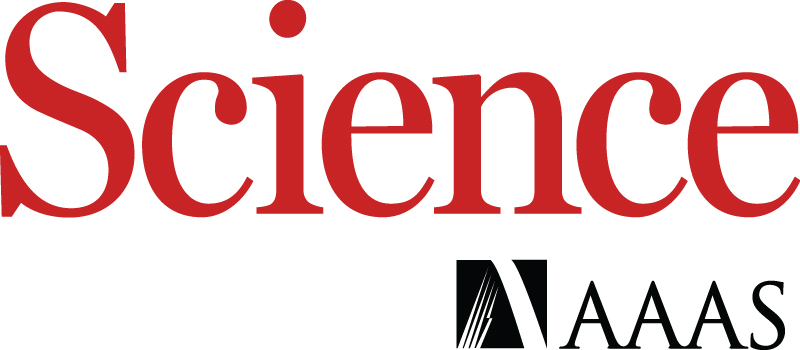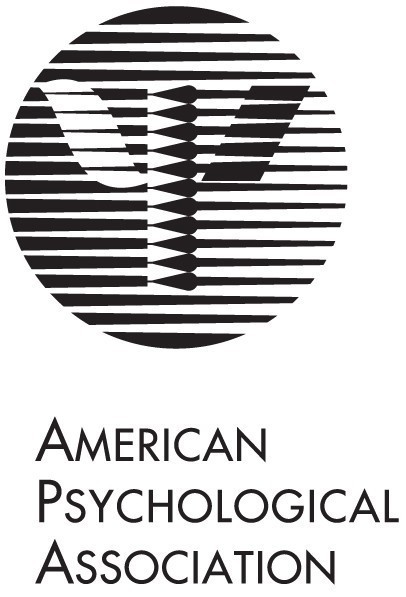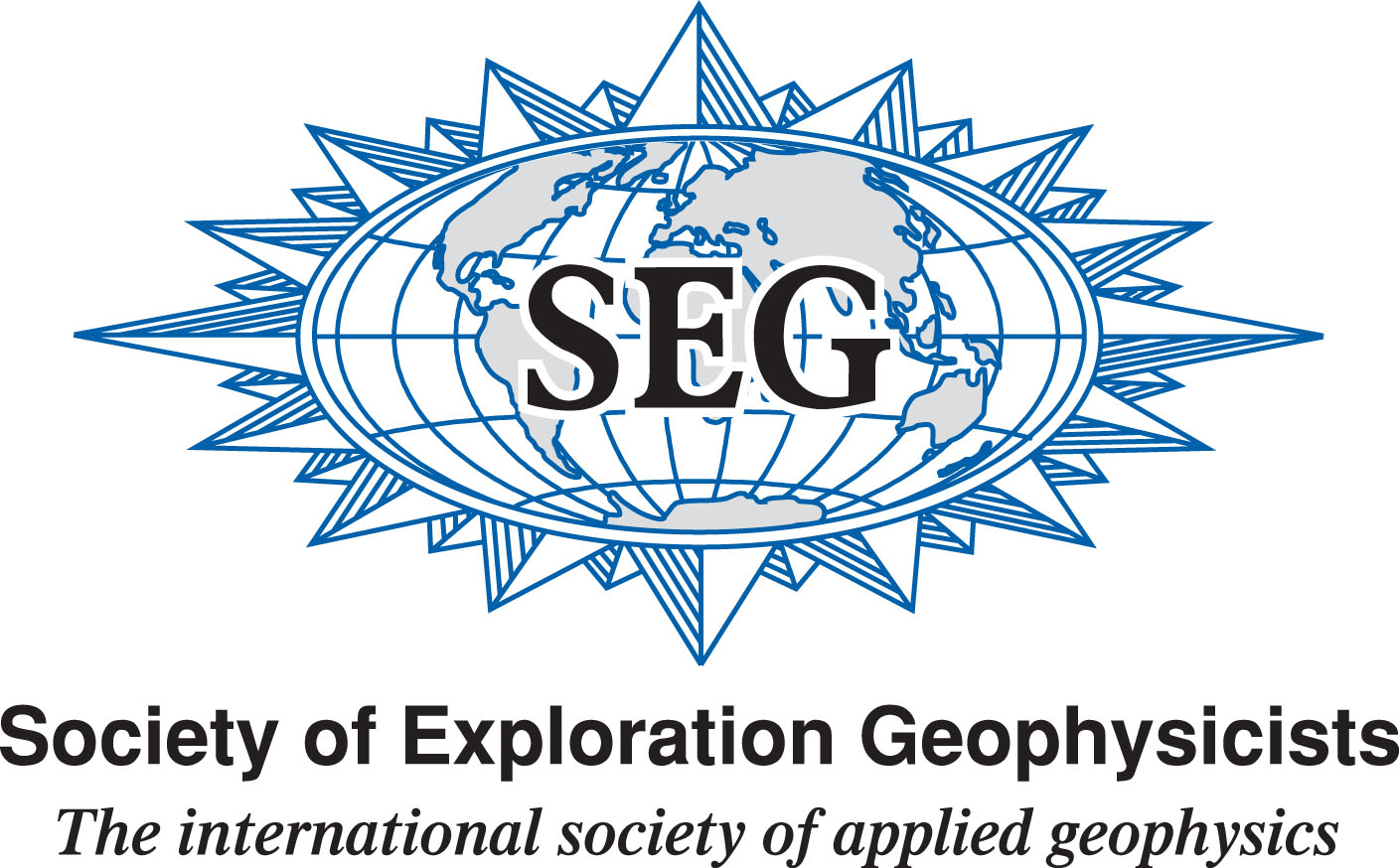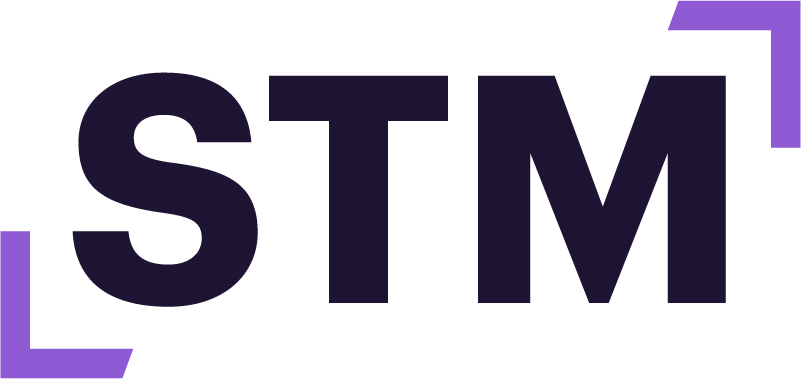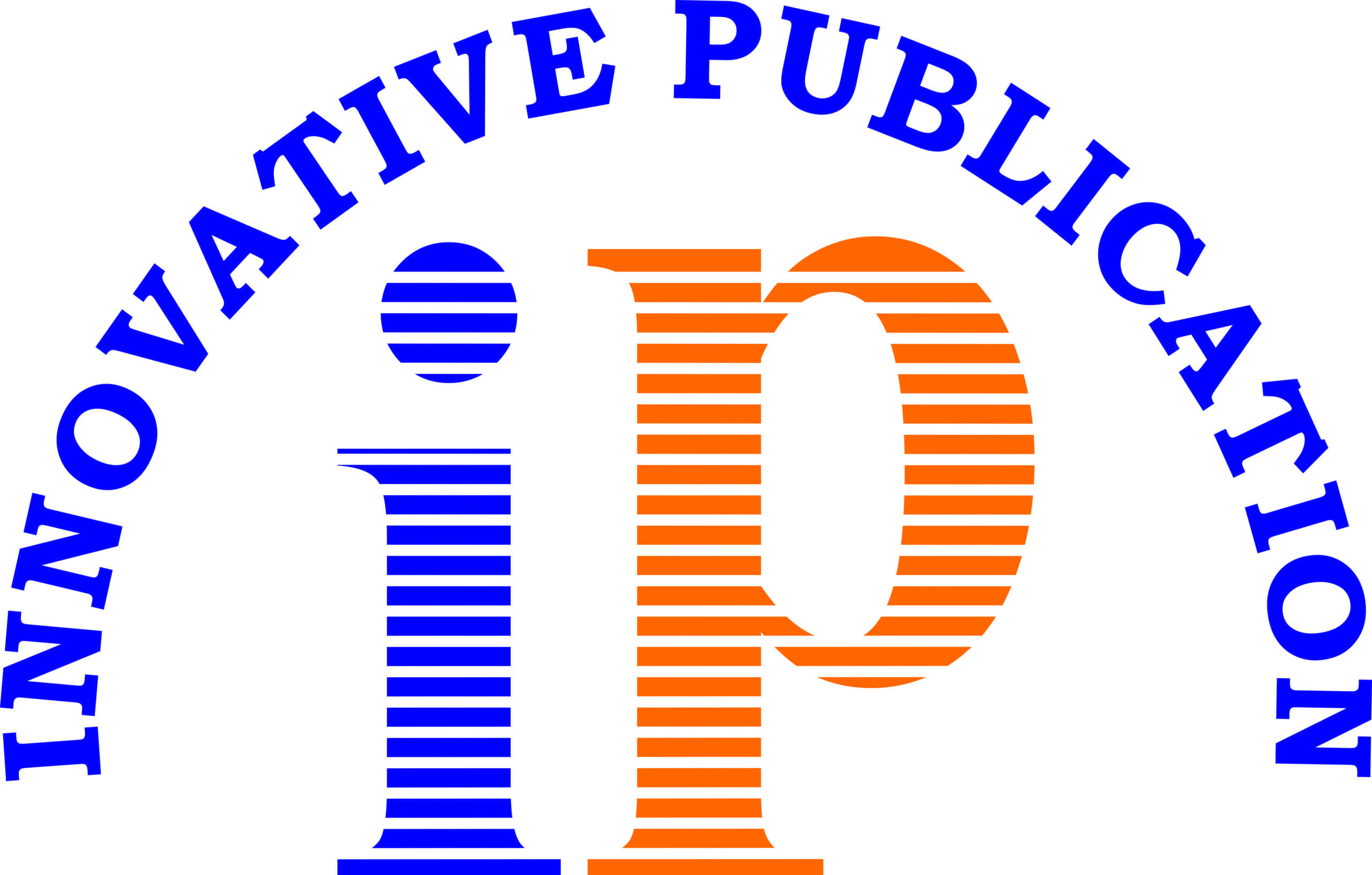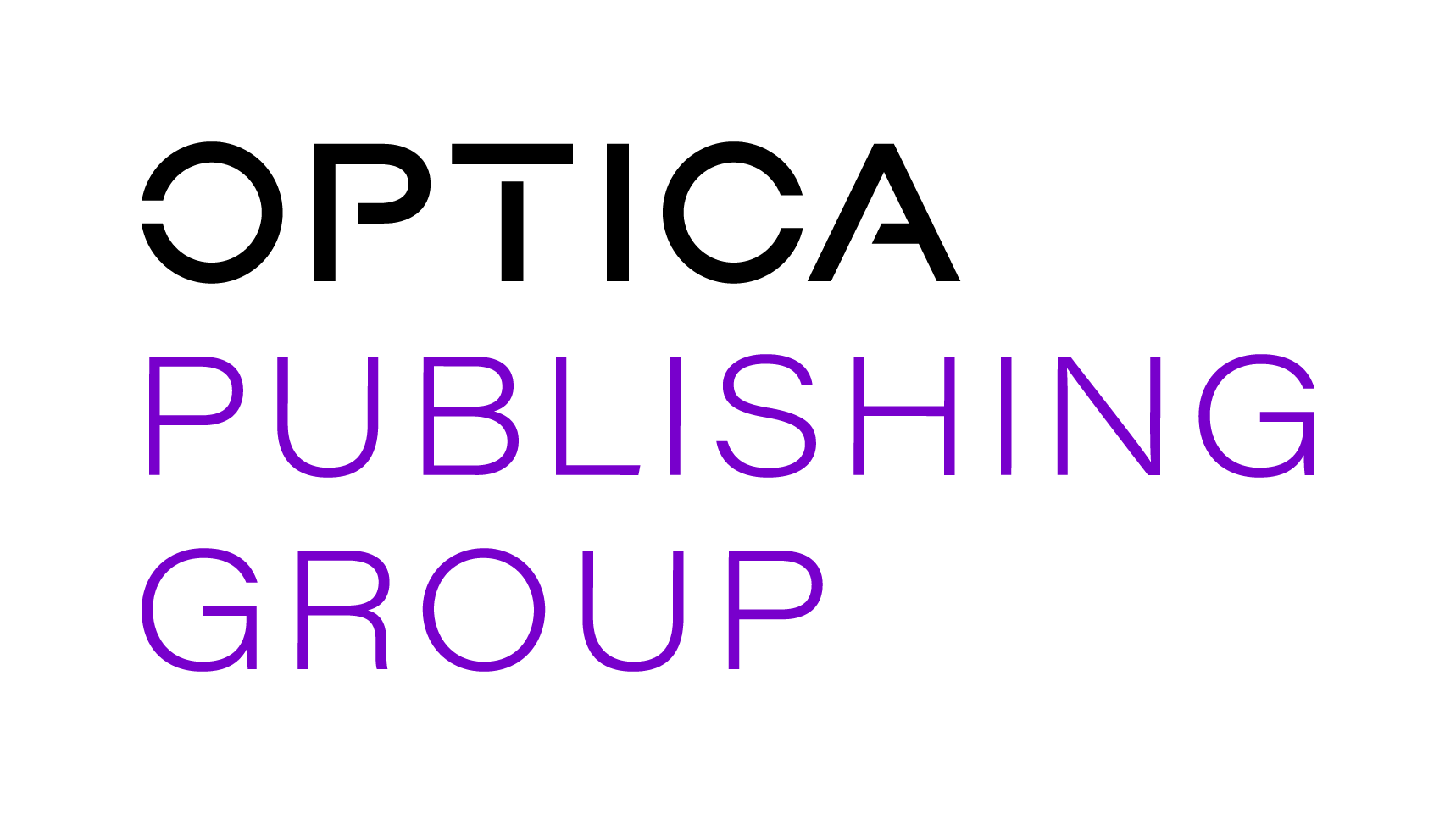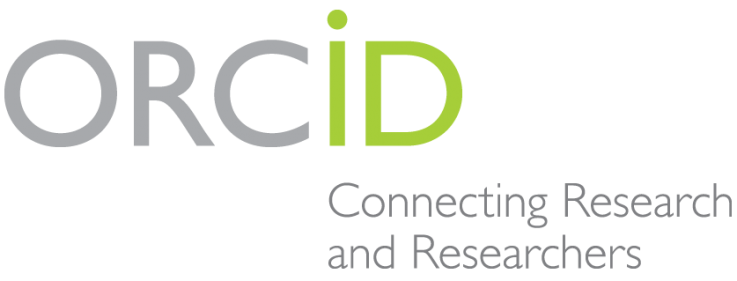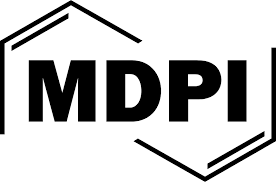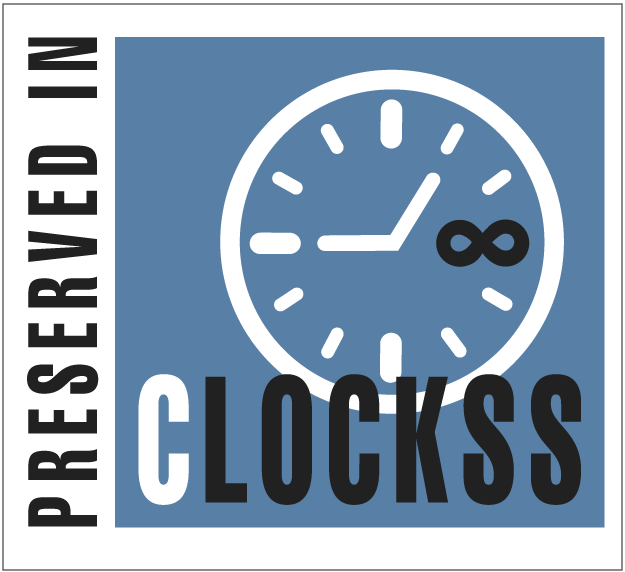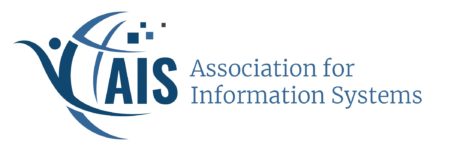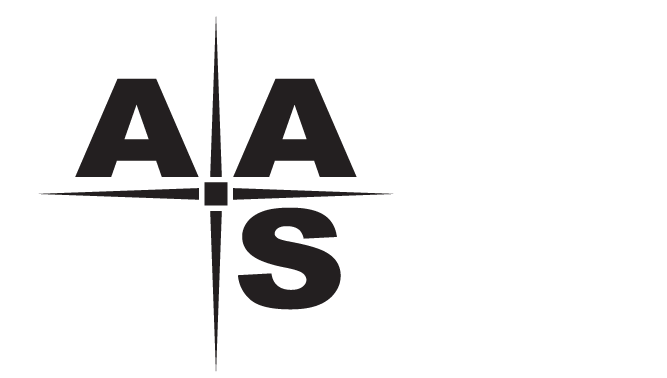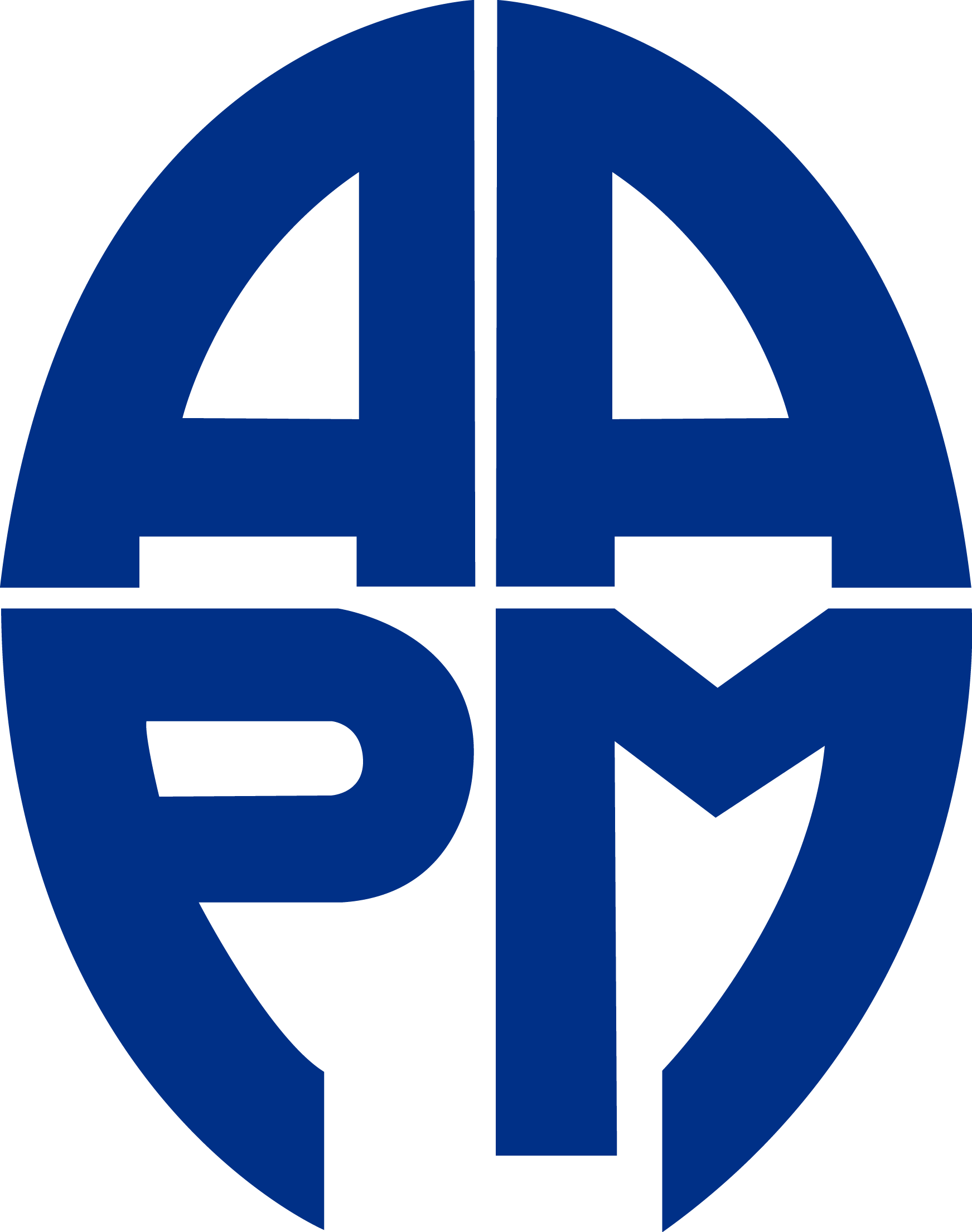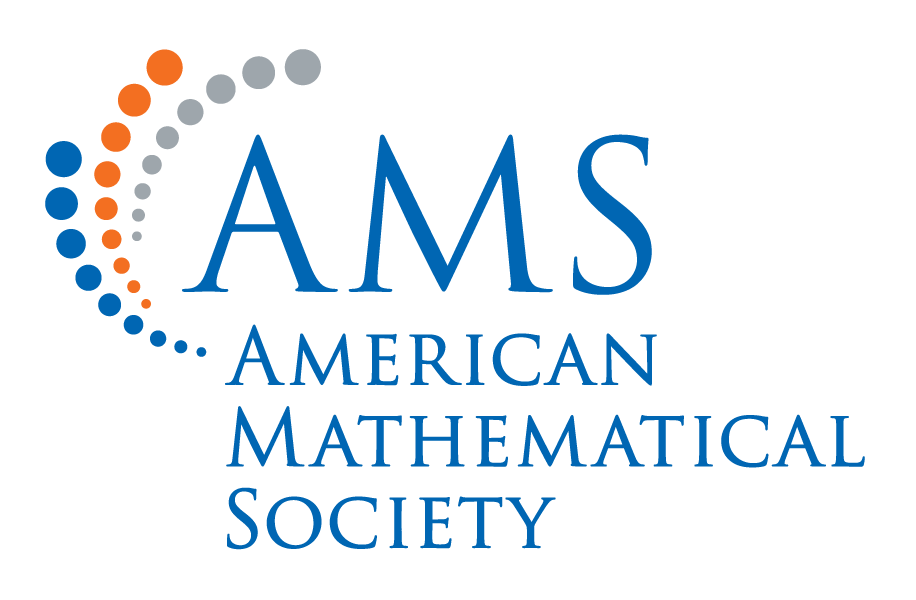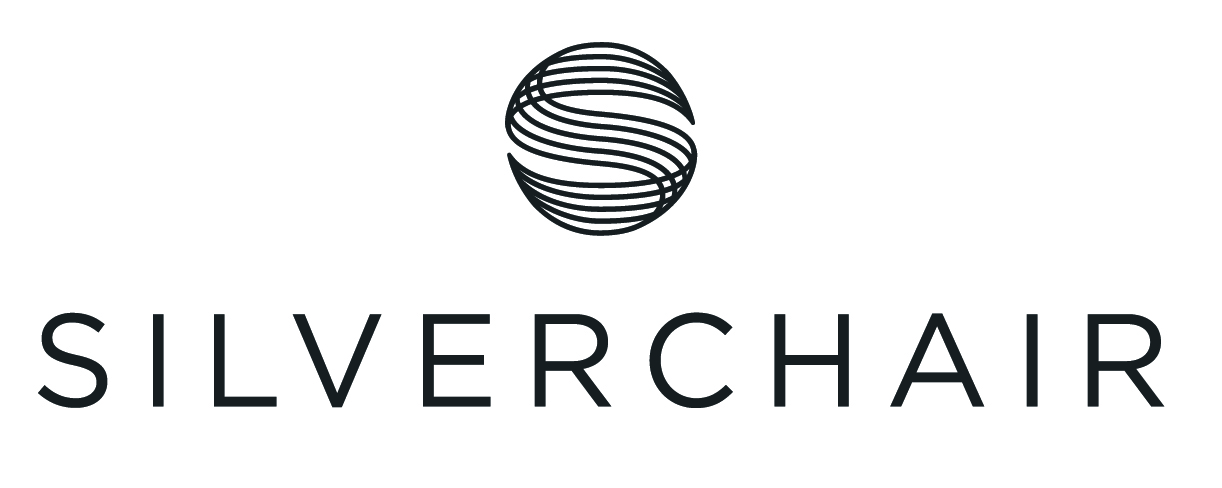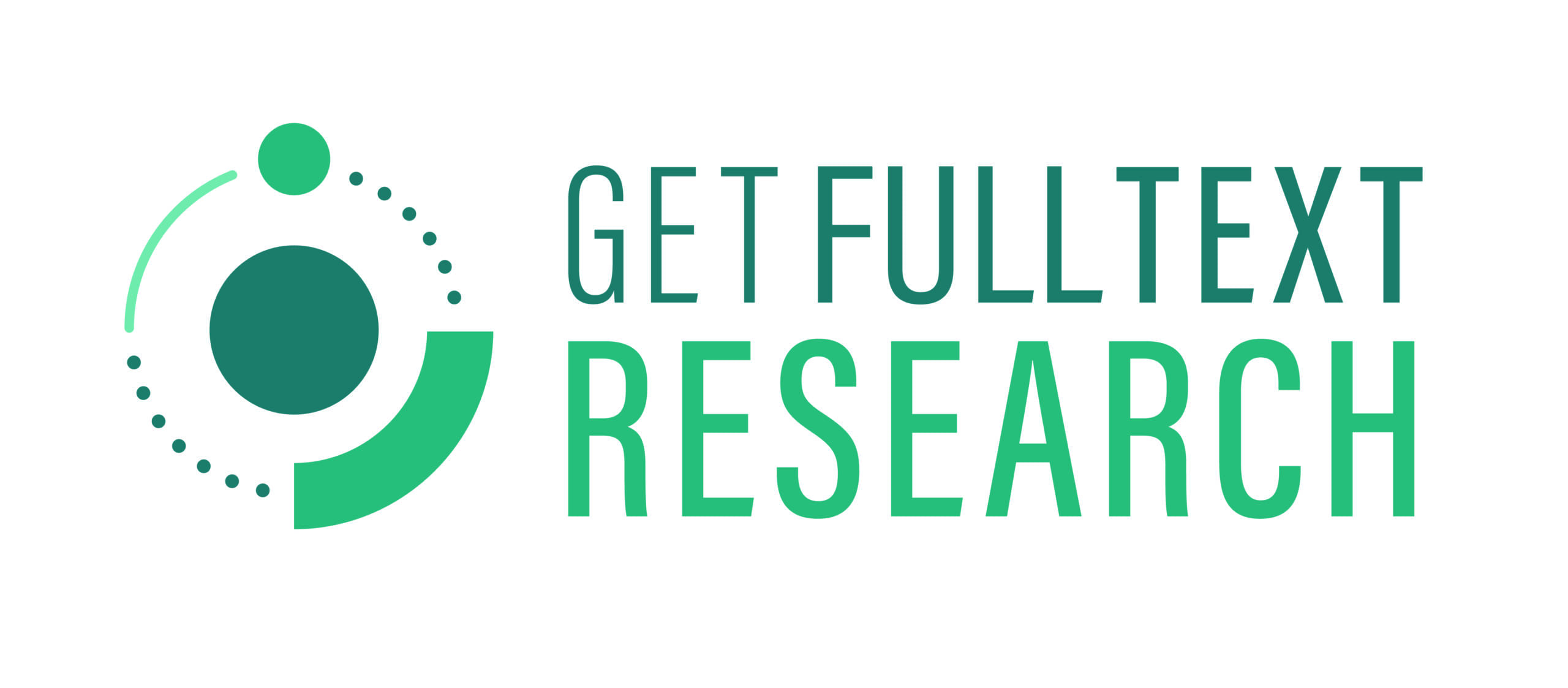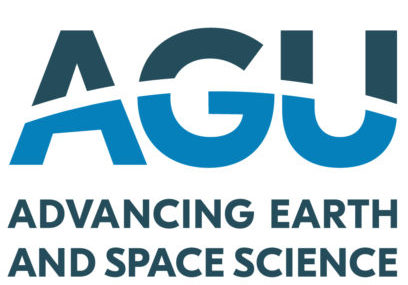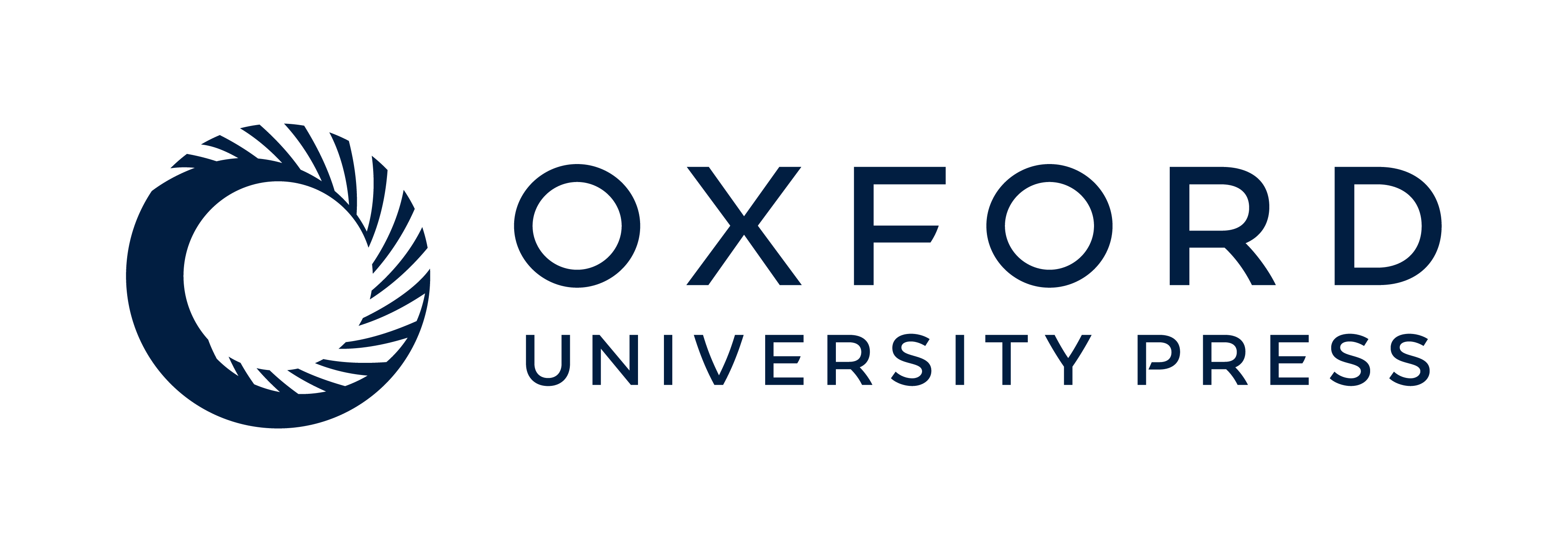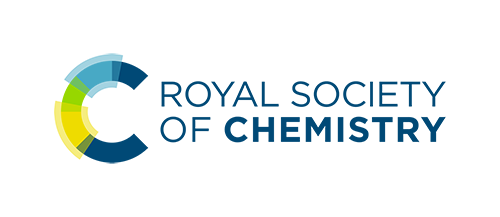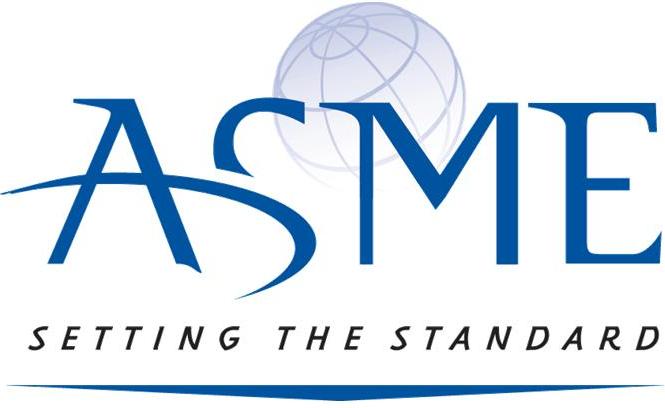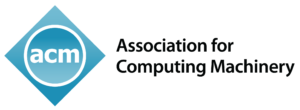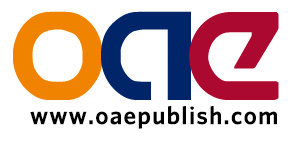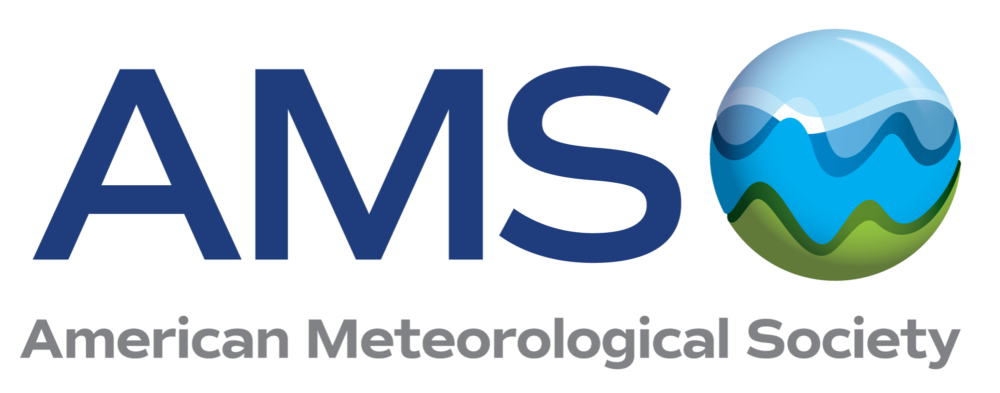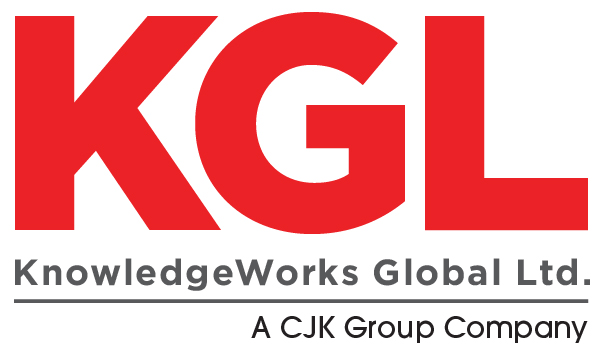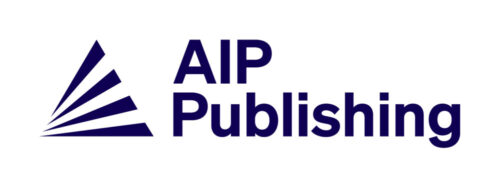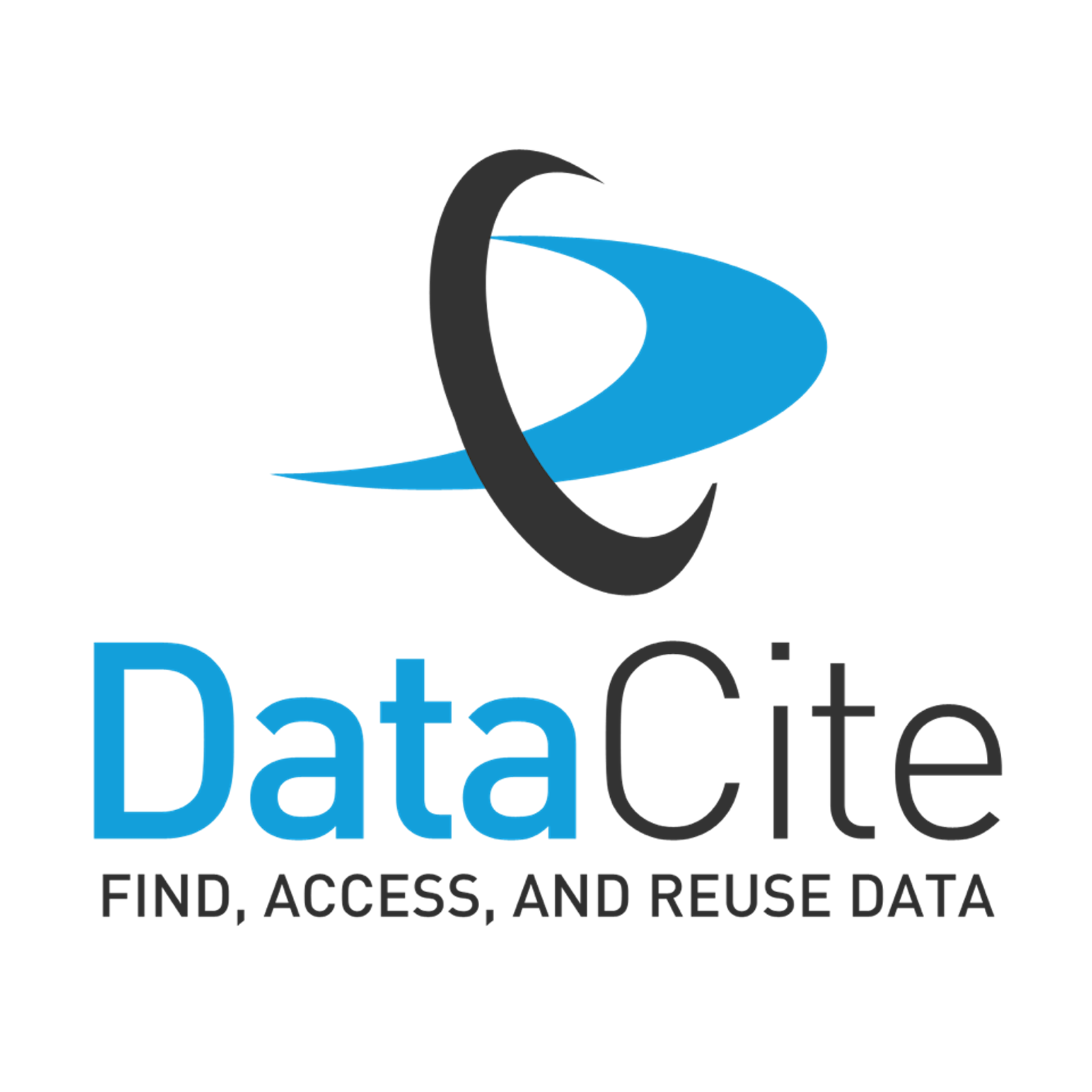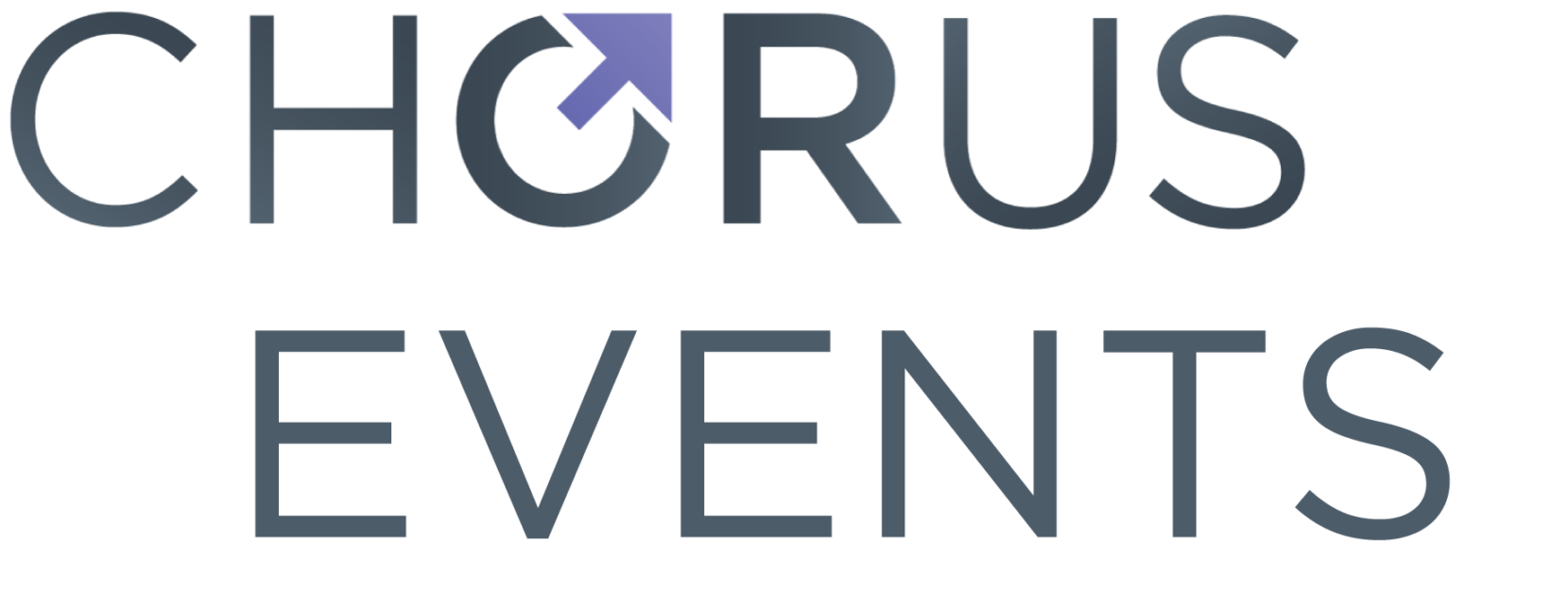 Accessibility is a key factor in the push to make scholarly communications a more equitable, inclusive space. By making articles, books, and conference proceedings more accessible to individuals with disabilities — by ensuring everyone has equal access to scientific knowledge — we strengthen and expand the broader research community. The need to embrace and act upon this fundamental tenet has only become more urgent in light of the U.S. Office of Science and Technology Policy’s (OSTP’s) 2022 public access mandate stressing the importance of equitable access to all publicly funded research. At last month’s CHORUS Forum on Supporting Accessibility, panelists discussed issues around accessibility, sharing their own insights and perspectives on this broad and complicated topic.
Accessibility is a key factor in the push to make scholarly communications a more equitable, inclusive space. By making articles, books, and conference proceedings more accessible to individuals with disabilities — by ensuring everyone has equal access to scientific knowledge — we strengthen and expand the broader research community. The need to embrace and act upon this fundamental tenet has only become more urgent in light of the U.S. Office of Science and Technology Policy’s (OSTP’s) 2022 public access mandate stressing the importance of equitable access to all publicly funded research. At last month’s CHORUS Forum on Supporting Accessibility, panelists discussed issues around accessibility, sharing their own insights and perspectives on this broad and complicated topic.
Panel moderator and accessibility advocate Bill Kasdorf, Principle of Kasdorf & Associates, LLC, opened the session by noting many in the industry are finally taking accessibility more seriously. He believes one reason for the uptick is that accessibility standards are being woven into universal systems like HTML, ePub, and CSS. While accessibility certainly isn’t a solved problem, things appear to be trending in the right direction. He noted that, importantly, we can’t think of accessibility as a binary thing: There is, of course, an array of disabilities which impede individuals’ abilities to consume content in a wide range of ways. Kasdorf helpfully shared a list of resources that should be useful in your accessibility journey.
Stacy Scott, Accessibility Officer from Taylor and Francis and Chair of the Publishing Accessibility Action Group for the Publishers Association, shared what accessibility means to her in light of the challenges she faced as a student. Born visually impaired, Scott needed to have scanned versions of every journal and book so her text-to-speech software could read it — and found herself limited by inaccessible digital content. Though these difficulties aren’t completely a thing of the past, she is heartened by the progress being made. Scott made note of the Bookshare initiative, which provides individuals with disabilities with accessible digital content.
“Looking at where we are now and what we’re talking about today, it’s incredible,” Scott said. “It feels like we’ve shot forward into the future. And so, it is really, really positive and really exciting.”
Referencing Kasdorf’s remarks, Scott added the web standards that have been implemented over the past few decades, including the Marrakesh Treaty, the Web Content Accessibility Guidelines, the Bennet X Global EU Certified Accessible Program, and the European Accessibility Act, are helping to measure and manage something that had previously been unregulated.
The subject of alt text — the hidden description that gets paired with an image or diagram in a web layout — came up as a great example of an area that presents issues and thus requires guidance to ensure an inclusive experience for everyone. Importantly, alt text not only makes content more accessible but also makes it more discoverable, meaning that providing it can be the difference between someone engaging with your content and someone simply scrolling on by. To see some alt text examples and guidance, check out this useful guide from Taylor & Francis.
Kathryn Miller, Publishing Services Librarian at the National Institute of Standards and Technology (NIST) and member of the NIST’s 508 Action Team, brought a library and governmental perspective to the session. She discussed NIST’s efforts to ensure research outputs are accessible and 508 compliant. Miller feels making scholarly content accessible should start with authors, as they’re the subject matter experts. With an average of approximately 1,700 outputs per fiscal year, NIST has numerous teams across the organization responsible for guiding researchers through the process of publishing — from writing to review, public access, and impact measurement. In addition to outputs, each of these steps need to be accessible. For a U.S. government agency for NIST, that means being both 508 compliant and inclusive. To help ensure their researchers are set up for success and digital accessibility, they have numerous outreach methods, including:
- Providing detailed and easily located information on the NIST site.
- Weekly posts to their Microsoft Teams pub corner where researchers come together and ask questions as issues arise.
- Publishing requirements for all NIST technical reports; and
- Offering synchronous and asynchronous training on general section 508 compliance topics and more specific topics like alt text and other forms of web accessibility.
In addition to these outreach methods, Miller noted there are tools — like PDF tagging, which allows authors to include structural tags directly in their text file instead of remediating their PDF afterward. The NIST also provides authors with numerous online tools, including one that helps assemble accessible color palettes for use in data visualization.
See slide 19 in Miller’s presentation for a fantastic visual representation of the use and importance of output accessibility.
Jamie Axelrod, Director of Disability Resources at Northern Arizona University (NAU) and head of NAU’s Disability Services Office, referred back to Scott’s remarks earlier in the session by noting that, as a publisher, you want to be looking at workflows that create accessible content because the time, energy, and effort it takes to go back and “unscramble those eggs” is immense. Axelrod said their team does all the unscrambling because they don’t want students holed up in the library scanning their own documents when those materials should just be available in an accessible fashion when needed. Importantly, Axelrod said, while some providers like to use their own proprietary platforms to make their content accessible, people who use accessibility tools on a daily basis use the tools they’re familiar with — and asking them to use a different one can be burdensome. This means that simple formatting features, such as alt text, page break notifications, page numbers, and marginalia, are incredibly important, especially when someone is asked to cite and reference appropriately.
Axelrod noted that in the OSTP memo, part of the guidance around the production of research documents and materials was about ensuring the semantic meaning is maintained in machine-readable documents. While improvements have been made on that front, there are elements we don’t often think about:
- A file may be one large PDF, which needs to be broken up into chapters.
- Documents may not be appropriately structured or tagged.
- File organization may not be represented through markup (e.g., headers are marked as headers, rather than simply bolded or made into a larger font).
- Page numbers may be missing or different for the file as compared to the text.
- Footnotes or sidenotes may be missing.
- Formatting elements such as text wrapping.
- Visual data elements — pictures, tables, graphs, and charts — are inserted as images and not spreadsheets or properly formatted tables.
- Greek or mathematical symbols.
He also referenced the learning management system tool Ally, which helps his team at NAU understand what’s accessible. While it’s automated and therefore not perfect, it provides the user with in-engine alternative formats. In Ally, if students open a faculty-uploaded file that isn’t in a usable format, they can convert it to another, more accessible format. Ally allows for file conversion to ePub, HTML, and several other formats. It also allows for PDF tagging.
Axelrod called attention to U.S. copyright law and the Chafee Amendment, which permits the distribution of remediated files to qualified users. At NAU, he said, a request for a file is made directly to a publisher or middleman service on an as-needed basis. For materials NAU knows will be needed by more than one student, the institution will purchase and remediate the file directly so it can be shared with other qualified users. Axelrod added that there’s clearly still some disconnect in the industry, in terms of who’s going to do what, when it comes to the process of creating accessible content.
Following the panel was a Q&A session. Make sure to check it out for more on:
- Guidelines for alt texts.
- The need for tools for reviewers, editors, and authors.
- Ensuring equitable access to research outputs.
In wrapping up, the panel noted the importance of remembering that the word “accessibility” has myriad different meanings. It doesn’t just mean being able to gain access to open works, it also encompasses the tools through which that access is provided. Accessibility is at the very core of ensuring science is available to and practicable by all, and we must strive for it at every turn.
Keep an eye out for updates on the Accessibility Resources page on the CHORUS Site.
A recording of the event and all presentations can be found on the event page.




